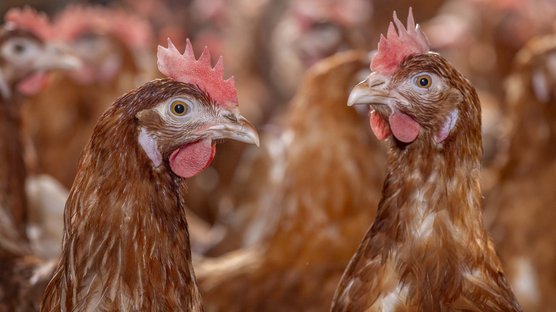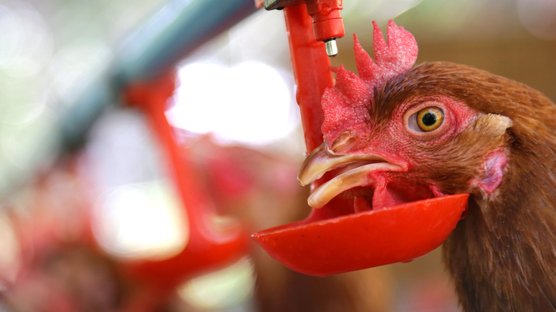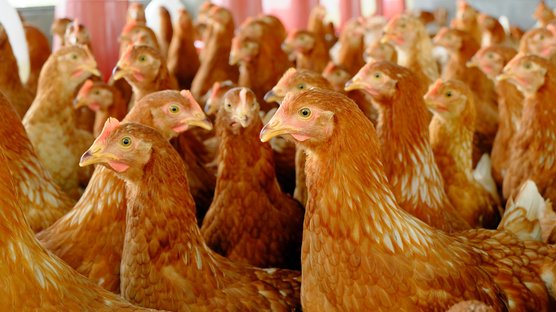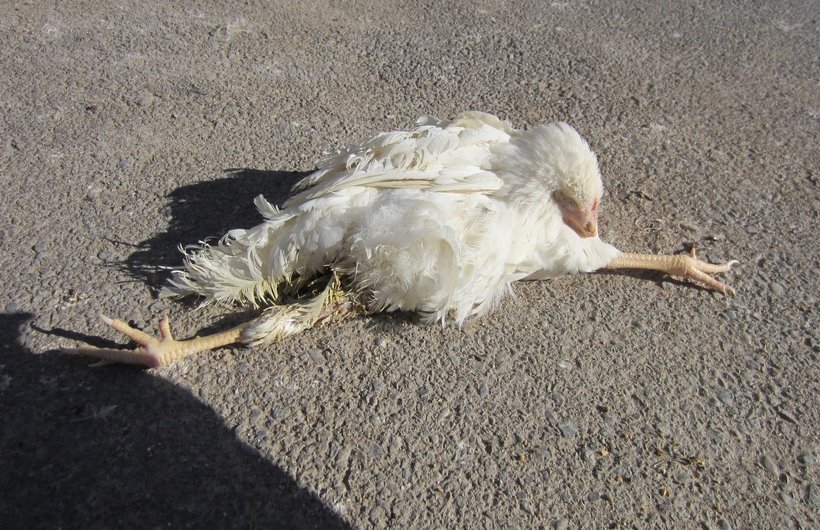
Published on Oct. 16, 2020
Marek Disease in Layer Chickens
Marek disease is a lymphoproliferative disease of chickens caused by a highly contagious alphaherpesvirus (MDV) producing lameness in rearing, tumours and immunosuppression. The virus is worldwide spread and is presumably present in most of the poultry farms.
There are 3 different serotypes. Serotype 1: oncogenic and causing disease in chickens, includes strains of increasing virulence from mild to very virulent + (vv+); some attenuated strains are used as vaccine (CVI988/Rispens). Serotype 2: not pathogenic, some strains are used as vaccine (SB1). Serotype 3: not pathogenic, some strains isolated in turkeys are used as vaccine (HVT).
Transmission of Marek disease is exclusively horizontal, usually takes place in the early age, by the respiratory route, from contaminated environment with dander from feather follicles. Virus can survive for months in dust of poultry houses.
Clinical Signs
Most common types of Marek disease in layers are classical form and visceral form.
Classical type is usually observed in rearing, from 6 weeks of age, peripheral nerves are involved (sciatic, brachial, vagus), birds look depressed and show paralysis of legs and wings, lying with one leg stretched forward and the other backward. At post-mortem, nerves are enlarged and lose their characteristic striation.
Visceral type is more frequently observed from the end of rearing and during the first part of the production period (until about 40 weeks of age). Birds are cachectic, have pale shrank combs and frequently diarrhoea. Mortality can be high at onset of lay and peak of production, then tends to gradually decrease. At post-mortem lymphoid tumours can be found mostly in liver, spleen, ovaries, kidneys, heart and proventriculus.
Marek disease virus can also induce immunosuppression, making birds more sensitive to other infections, less responsive to vaccination programs and negatively affecting production performances.
Diagnosis
Presumptive diagnosis of Marek disease is based on flock history, clinical signs and gross lesions (basically presence of tumors and/or enlarged nerves), but histopathology from affected tissues is useful for confirmation and differentiation from other tumor diseases like Lymphoid Leukosis (ALV), Reticuloendotheliosis (REV) or other non-neoplastic diseases like Peripheral Neuropathy (PN).
RT-PCR techniques are also available but main challenge for proper interpretation of results is that most chickens are infected with MDV even if they do not develop the disease.
Control & Vaccination
There is no effective treatment for Marek disease. Control is based in vaccination at hatch in layer-type day old chicks and strict farm hygiene and biosecurity.
Most of the available vaccines are cell-associated (Rispens, SB1, recombinant HVT-based) and require very thorough conservation, handling and application. Lyophilized vaccines (conventional HVT) confer less protection and it should not be used alone for future layers but in combination with other serotypes. Best protection is provided by serotype-1 vaccines (Rispens), frequently combined with other serotype (HVT and/or SB1), especially in high challenge areas.
Vaccination prevents the appearance of tumors and paralysis but not infection or transmission of the virus, and even chickens not showing clinical signs become carriers and shedders. In addition to this, vaccine takes at least 7 days to induce reasonable protection: as young chicks are very susceptible to MDV infection, it is crucial to avoid early exposure of vaccinated chicks to the field virus. Houses should be properly clean and disinfected, single-age rule must be respected, biosecurity measures strictly followed, and no adult poultry should be nearby.
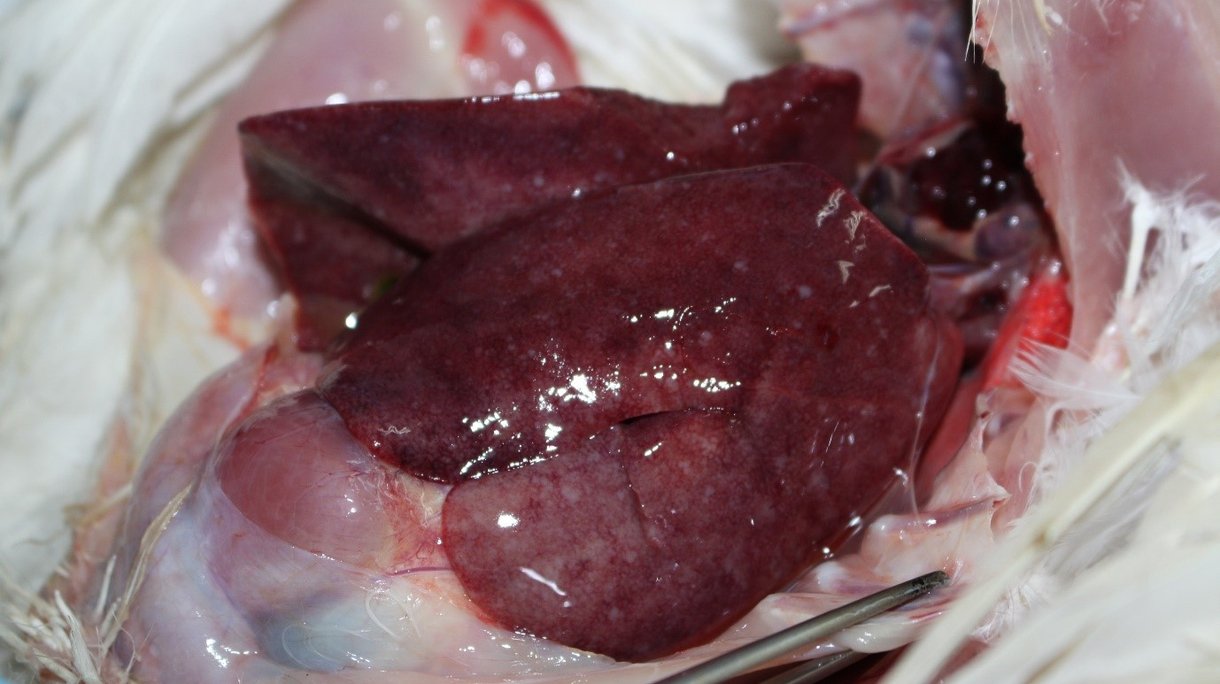
References
- picture infected liver: CESAC

